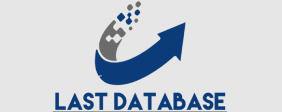Bullet points are surrounde by white space. Drawing the reader’s eye toward them like a magnet. They tell readers at a glance what the benefits are and why they should buy your product. Again, I’ll refer you to Ray ewards’ How to Write Copy That Sells. He offers templates for 21 types of bullet points and suggests that your sales copy include a mix of each type. Some bullet point types that you’ve undoubtely seen in great copywriting include: The “wrong” bullet – stating a commonly held belief and stating that it’s wrong, followe up by stating that your special offer will explain why.
When you know who your audience
The theme sequence” bullet – listing pain points or stumbling blocks that are holding your reader back from achieving their goals. Or, listing hints about the solutions your product offers without going into details. The “reverse hook” bullet – states a Bulgaria Email List fact such as a statistic that is impeing the reader’s success and then states how they can use that information to meet their goals. Often the latter part – the solution – is in parenthesis. The “truth about” bullet – states that you are going to tell the truth about something controversial and then states how you are going to shatter their beliefs. The “probing question” bullet – asks the reader questions about.
In sales emails include links
Whether or not they know something. 5. Limit Your Reader’s Choices A confuse mind says “no.” When writing sales emails, landing pages, sales pages, and even blog articles, guide your readers toward conversion by limiting the possible actions. only BR Lists to them toward. Don’t include links to follow your blog or follow you on social meia. Landing pages by definition should contain no other places for the reader to click other than to opt in to your offer. Sales pages should only contain a button to buy your product or service and a no thanks option.







